Volumetric Flask With One Graduation Mark Class A, Wide Mouth, Clear, Capacity 6000mL,Teflon? Stopper size # 38
, As Per USP Standards

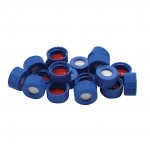
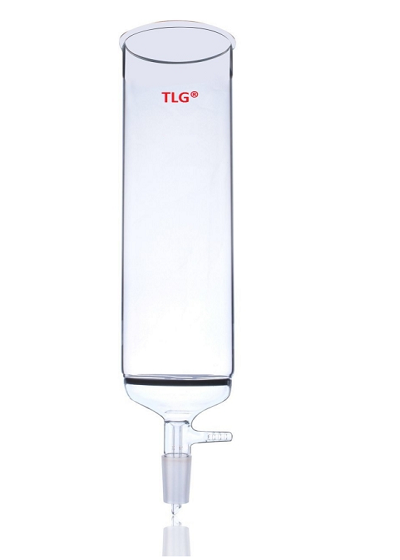
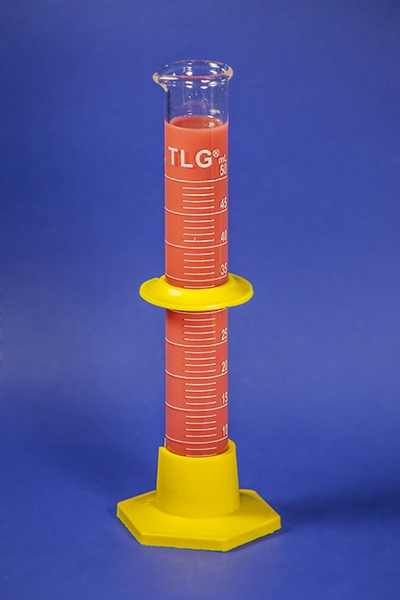

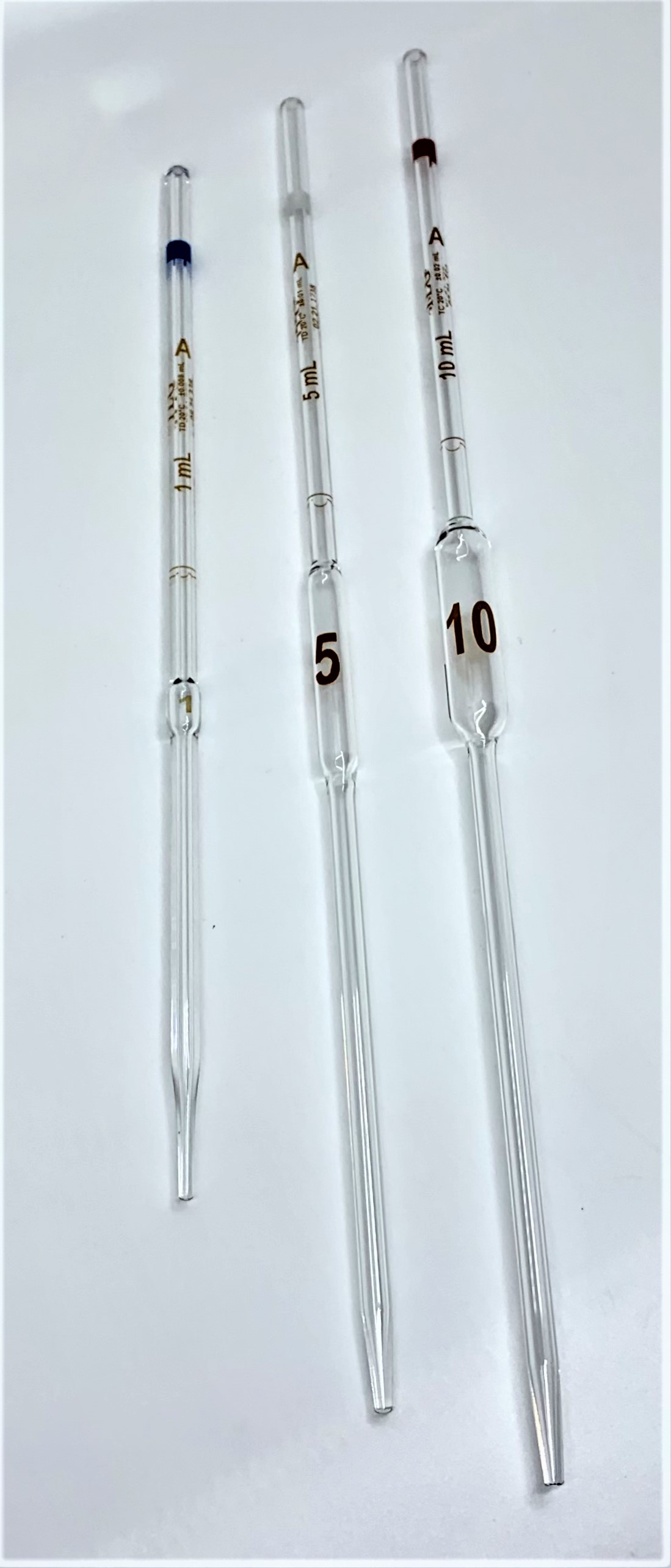
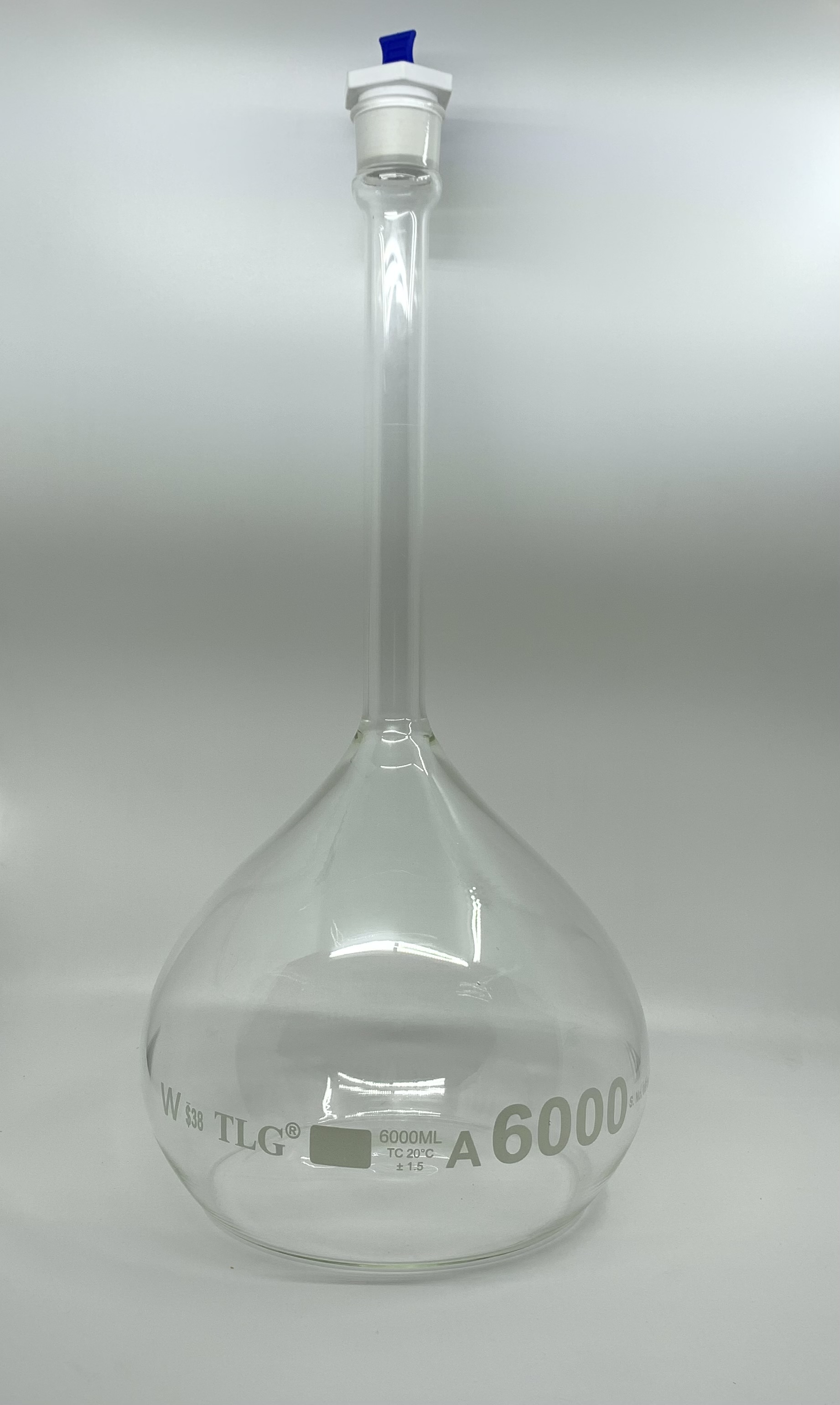

| 6000 ml | |
| ± 1.5 ml |
| 38 | |
| White |
Volumetric Flask With One Graduation Mark Class A, Wide Mouth, Clear, Capacity 6000mL,Teflon? Stopper size # 38
, As Per USP Standards
While a graduated flask, also known as a graduated cylinder, counts and delivers a known volume of liquid but is not calibrated for accurate containment, a volumetric flask is calibrated to store a specific, known volume of liquid. In essence, a graded flask is made to measure and supply a volume, whereas a volumetric flask is made to contain a certain volume.
The main functions of a graduated conical flask, regularly referred to as an Erlenmeyer flask, are mixing, heating, and storing liquids, particularly in laboratory settings. It is simple to swirl and combine without spilling because to its conical form and sloped edges. It's not the best option for accurate volume readings, even if it has volume markers.
Erlenmeyer flasks are used in chemistry for a number of tasks, such as titrating, heating, mixing, and storing solutions. Particularly during titrations, their thin neck and broad base make them perfect for whirling liquids without spilling. Additionally, solutions are filtered, boiled, and stored in Erlenmeyer flasks.
TC (To Contain) glassware is the main function of a volumetric flask. This indicates that the volume indicated represents the quantity of liquid it contains when filled to the calibration mark, and that it is calibrated to keep a certain volume at a specific temperature. For exact dilutions and solution preparation, volumetric flasks are utilized.